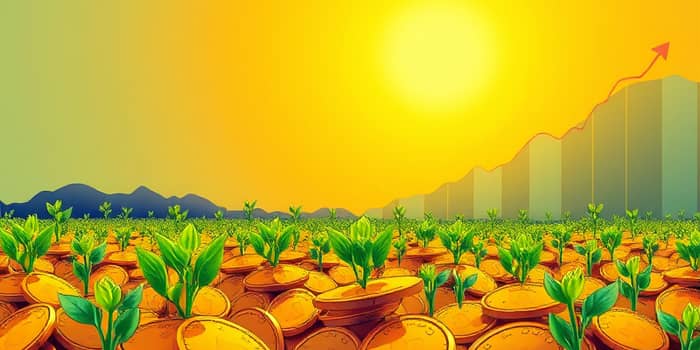
In 2025, investors face a landscape defined by climbing interest rates, renewed market volatility, and a search for reliable returns. Amid these conditions, dividend stocks with reliable yields have emerged as a compelling choice, offering both cash flow and potential capital appreciation.
As equity markets grapple with uncertainty, high-quality dividend-paying companies are demonstrating resilience, drawing growing interest from income-focused portfolios and long-term growth strategies alike.
Data from Morningstar reveals that the Morningstar Dividend Leaders Index up 6.5% year-to-date in 2025, more than double the broader U.S. market’s 3.0% gain. Remarkably, in the first quarter, the Dividend Leaders Index climbed 9.0% even as the overall market fell 4.6%.
Similarly, the Morningstar Dividend Composite Index and the U.S. High Dividend Yield Index have posted gains of 4.1% and 4.0%, respectively. These figures underscore the appeal of dividend strategies when volatility and rising rates challenge growth-oriented equities.
With traditional growth sectors like technology underperforming, investors have redirected capital toward sectors known for steady payouts. In 2025, high-yielding sectors such as utilities and financial services have led returns, reflecting a broader shift toward income generation and defensive positioning.
As benchmark rates climb, fixed-income assets like Treasuries and CDs become more competitive, creating a tension with dividend-paying equities. However, history shows that not all dividend stocks suffer equally.
During the 2013 "Taper Tantrum," the S&P 500 Dividend Aristocrats Index outperformed the broader U.S. Select Dividend Index by about 200 basis points. From May 2005 to April 2015, companies with a track record of increasing payouts generally outshone pure high-yielders. These trends highlight the enduring strength of dividend growth stocks outperformed high-yielders in rising rate cycles.
Certain sectors, though, remain highly rate-sensitive, requiring extra caution:
Investors must weigh the trade-off between immediate income and long-term resilience. A strategy tilted toward steady dividend increases often delivers superior total returns over multiple rate cycles, whereas chasing the highest yields can expose portfolios to sustainability risks.
This comparison illustrates why dividend growth strategies focus on quality and consistency, often outperforming raw yield approaches during rate hikes.
July 2025’s highest yields spanned an impressive range. ZIM Integrated Shipping Services (ZIM) and XPLR Infrastructure, LP (XIFR) topped the list with approximately 43% yields. TORM PLC (TRMD) followed at 24.7%, while finance-oriented offerings such as abrdn Income Credit Strategies Fund (ACP) and Trinity Capital Inc. (TRIN) paid around 20.4% and 14.2%, respectively.
Other notable payers included Chicago Atlantic Real Estate Finance (REFI) at 13.0% and energy stalwart Petrobras (PBR.A) at 11.8%. At the same time, established names like Realty Income (O) continue to attract income-seeking investors with a dependable 5.7% monthly dividend and a 56-year uninterrupted streak.
Building a resilient portfolio involves more than chasing the highest yields. Focus on:
While income stability amidst economic uncertainty is the ultimate goal, investors should remain vigilant against unsustainable payout ratios and yield traps that can erode principal.
With central banks signaling potential further rate adjustments, dividend stocks are likely to remain in favor. The dual benefits of passive income and the possibility of capital appreciation make them a versatile addition to diversified portfolios.
Moreover, an increasing number of large-cap companies—including recent dividend initiators in the technology sector—are broadening the opportunity set. By blending high-quality dividend growers with select high-yield names, investors can navigate the evolving interest rate environment while pursuing sustainable, long-term returns.
In today’s market, where every basis point of yield counts, dividend investments offer a path to both stability and growth. As rates rise, their enduring appeal only strengthens, making them a cornerstone for portfolios that seek to thrive in all market phases.
References













